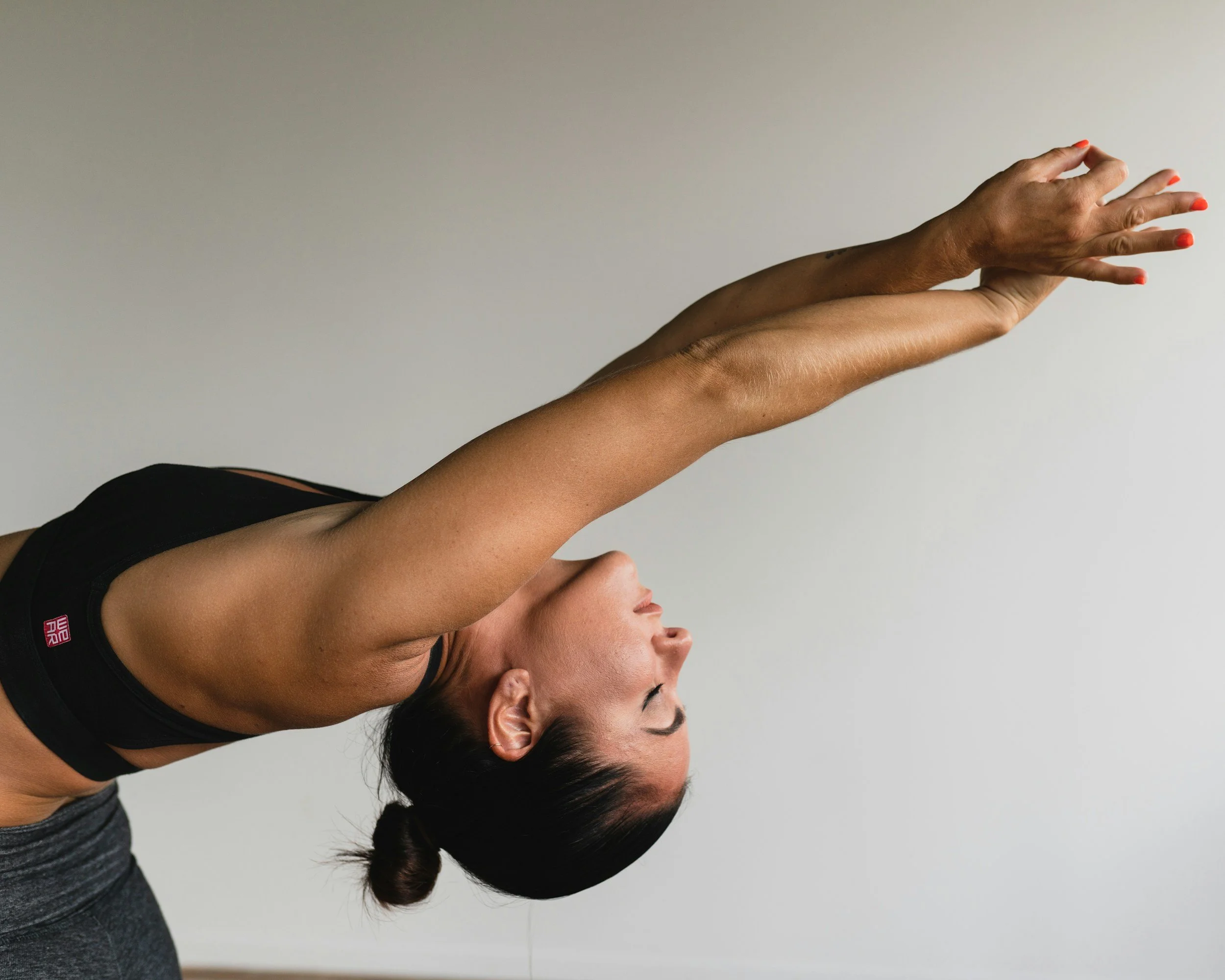R.A.M.P WARM-UP FRAMEWORK:
A PERFORMANCE-BASED APPROACH
The RAMP approach was created as a thorough and targeted alternative to conventional warm-up routines, which were often criticized for their lack of specificity and effectiveness. Rooted in sports science research, the method was championed by Ian Jeffreys and other experts who recognized the need for a more dynamic warm-up strategy. Emerging research has emphasized the physiological advantages of active warm-ups, reinforcing their importance in enhancing athletic performance.
Negative Impacts of Poor Warm-ups:
-
Neglecting sport-specific exercises fails to prepare the body adequately. For example, excessive reliance on static strengthening can limit muscle strength and power due to the temporary weakening of neglected muscle groups (Bishop, 2003). Additionally, it does not engage the specific muscle groups or mimic movement demands of dance, like explosive jumps or the rapid lateral movements during transitions.
-
Dancers who complete minimal stretching or warm-ups are not providing their body with the necessary preparation for the intense demands of the activity. Your warm-up should gradually build up to the intensity you will expose yourself to in the performance environment
-
While static stretching is beneficial in certain contexts, its overemphasis in a warm-up routine, particularly without the balance of dynamic exercises, can result in joint laxity. This excessive looseness in the joints may be counterproductive, potentially increasing the risk of injuries during high-intensity activities.
Benefits of Quality Warm-ups:
-
A proper warm-up can drastically improve functional performance. For instance, dynamic stretches and mobility exercises enhance coordination and reaction speed needed for various choreography. These foundations also polish the quality of movement. When you perform movements with intention and focus, you reinforce quality movement patterns and motor skills that translate onto the stage and competitive environments.
-
Movement-specific exercises and dynamic stretches that mimic fundamental dance moves can help muscles and joints adapt gradually to the demands of choreography, thus reducing the risk of muscle strains and joint injuries.
-
Structured, comprehensive warm-up routines offer evidence-based health benefits. These benefits include improved blood circulation and enhanced muscle function. Such physiological improvements are crucial not only for muscle readiness inherent in athletic performance but also for overall cardiovascular health and wellness.
/R.
PHASE 1: “RAISE”
Examples:
Aerobic activity such as low-level plyometrics or jogging, multi-directional movements- side shuffle into back peddling, basic line drills
3-5 minute jog on the treadmill or a stationary bike session
Jumping jacks or skipping rope to engage different muscle groups and raise your temperature further.
Resistance bands for shoulder activation exercises like band pull-aparts or face pulls
The initial phase prioritizes raising key aerobic parameters through low-intensity movements that prepare the body and cardiovascular system for more intense activity.
This includes:
Heart rate
Temperature
Respiration rate
Muscle elasticity

It is essential to carefully consider the movements and demands imposed by the activity: in this case, dance. For example, what fundamental movements will occur during choreography? This will allow you to be very specific with the movements/exercises selected for the warm-up and therefore have the best possible chance to effectively prepare for rehearsal and prevent injury.
PHASE 2:
/A.M.
“ACTIVATE”
This phase involves recruiting the necessary muscles to aid stability and balance by stimulating the muscles that will be primarily used. Movements will ‘awaken’ the neuromuscular connections and initiate muscle group awareness.
Examples:
Static stretching/isometrics
Balance work
Examples:
Dynamic stretching
Squat and lunge patterns
Spinal mobility exercises (flexion, extension, lateral flexion, and rotation)
KEY POINTS:
Facilitate stabilization
Initiate muscle group awareness
Establish neurological connections
“MOBILIZE”
While the focus of the activation phase is on the muscles we will use during our workout, the mobilization phase prepares our body for our workout routine by moving the joints we will be using through a wide range of motions.
KEY POINTS:
Access end range control
Encourage coordination of movements
Facilitate movement control and strength
/P.
PHASE 3: “POTENTIATE”
The final phase involves movements that reflect actual performance demand– in other words, highly specific drills that mimic the functional demands of the activity.
KEY POINTS:
Increased intensity of exercise (ex: more “explosive” movements) to a comparable level the athletes’ are about to compete in.
Movements to lead towards “maximal activation”
This includes explosive or agility exercises to further enhance the connections to the central nervous system. The key is to optimize muscle performance and neuromuscular readiness by gradually increasing loads. This adaptation improves muscles' recruitment of necessary motor units for heavier training
EXAMPLES:
Sprinting, jumping, hurdle run, lateral bound
Plyometrics, reactive agility drills, and sprints using various intensities and distances
